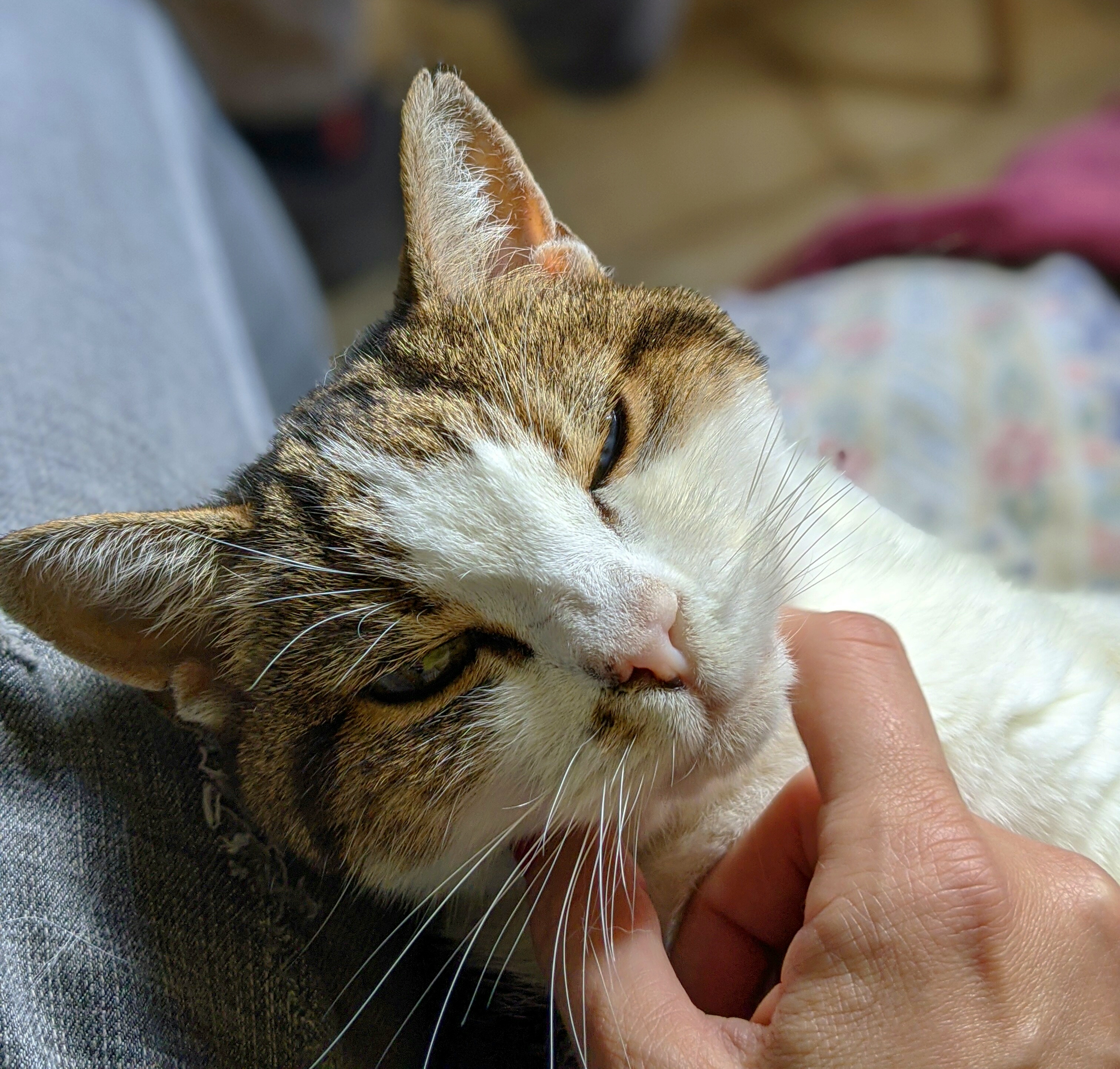Toxic Houseplants (Dogs)
Apologies to any regular readers, that may be out there, for not posting in a couple of months. I recently suffered the loss of a friend so life was all over the place for a while.
Speaking to various friends with newly acquired dogs or pups has made me realise how little information first time dog owners can have about their new pet.
If you buy a budgie, a rabbit, a hamster, a goldfish, etc. from a pet shop, you should be sent home with some information about your new pet – how to care for it, dangers to avoid, and so on. Even if it’s just the pet shop staff encouraging you to buy an informative book relating to your new pet, or if they are good and prepared with their own informative leaflets, you will get recommendations for housing, food, treats, food bowls/ bottles, toys – the lot! Then they send you away with at least a basic understanding of how to care for your new animal.
But buying a dog in the UK is not always the same experience. There is a lot of conflicting information online, and whilst some people are knowledgeable and helpful, you can’t be guaranteed that the person you’re buying the dog from has correct information. Rescuing s dog from a shelter comes with its own challenges, especially if the dog has suffered in some form before arriving at the shelter – however, staff at a rescue centre will do due diligence to ensure you and your prospective pet are compatible, that you can care for that individual, and help you in doing so with information and recommendations.
One thing that seems to be on the unknown list when it comes to a lot of dog owners is toxic plants. A lot of people know the basics of toxic foodstuffs (onion, garlic, tomato, chocolate, etc. – I most recently covered the basics in my 2021 Christmas Post) but toxic plants are a whole other ballpark.
In this post, I’m going to specifically cover common houseplants, which are toxic to dogs. Please note that this is by no means an exhaustive list, but just some common houseplants to be careful of if you have dogs.
1. Aloe Vera
Possible effects: diarrhoea, vomiting, depression, loss of appetite, lethargy, urinary problems.

2. Philodendron and Cheese Plant (similar but not a true philodendron)
Possible effects: diarrhoea, vomiting, excessive drooling, loss of appetite, laboured breathing, swelling of mouth (lips, tongue, surrounding area), cardiac arrhythmia.

3. Corn (House) Plant
Possible effects: vomiting (possibly with blood), appetite loss, increased drooling, depression.

4. Asparagus Fern
Possible effects: If ingested – diarrhoea, vomiting, abdominal pain. External exposure – skin irritation.

5. Lily of the Valley
Possible effects: diarrhoea, vomiting, cardiac arrhythmia, reduced heart rate, seizures, death.

6. Mother in Law’s Tongue
Possible effects: diarrhoea, nausea, vomiting, decreased appetite, increased drooling, lethargy, depression.

7. Kalanchoe
Possible effects: diarrhoea, vomiting, abnormal heart rhythm.

8. Sago Palm
Possible effects: diarrhoea (with or without blood), vomiting (with or without blood), lack of appetite, increased drooling, lethargy, weakness, tremors, stumbling/ collapsing, seizures, coma, liver failure – potentially fatal.

NB: if you think your dogs may have been affected by any of the above please do not hesitate to contact your vet or the Animal Poison Line (UK), Pet Poison Helpline (USA), or relevant Poison Helpline in your area.
All images are either open source, Google images, or my own – or photos donated for use by the pet owners.
If you have any questions or comments; please post a comment below or contact Ali’s Answers via one of the social media pages:
• Instagram (@alis.animal.answers)
• Facebook (Ali’s Animal Answers)
• Twitter aka X (@AlisAnswers)
• LinkedIn (Ali Lloyd)































































